While on the holiday road, look for these roadside dive-bombers. American kestrels are blue-jay sized birds of prey found throughout the state. Kestrels, formerly known as sparrow hawks, may be North America's smallest falcon, but are fierce predators, streamlined for speed and agility.
Look for kestrels perched on wires, fences or highway signs in open areas. They will often pump their tails to balance. Kestrels stand out from other raptors by their colors. They have a reddish-brown back and tail, two dark bars like sideburns on their face and blue wings. They look pale when watching them from below. Look for their long, square-tipped tail and swept-back wingtips in flight.
Their hunting style is must-see nature. Kestrels will hover in mid-air--wings beating furiously--then dive-bomb toward the ground for a meal.
Any small animal is fair game for kestrels, which hunt small birds, rodents, insects, and reptiles. In warmer months they’ll go for grasshoppers.
Kestrels depend on old, dead trees for nesting cavities or will also use large, man-made nesting boxes. If these aren't around, they'll use large, man-made nesting boxes. Some states have boxes installed on the backs of highway signs to take advantage of their roadside habitat preference.
Look for these dive-bombers on your next road trip. St. Louis and Kansas City have several nesting pairs. Or help them out by building a nest box to attract a pair to an open area near you and watch them raise their families.
Kestrel Snapshot
Kestrels are favorites of birders because of their graceful flight and attractive plumage. Here are a few fun facts about them:
- Kestrels typically hunt from a conspicuous perch or hover like miniature helicopters.
- The flight is buoyant, graceful, and rapid, like a large swallow.
- They specialize in smaller prey that larger raptors might ignore, and thus keeps the populations of those prey species in check.
- They eat bats, mice, shrews, rats, gophers, young ground squirrels, and (especially) young cottontails. Birds, mainly house sparrows, make up 10 percent of their diet.
- They also eat worms, crickets, grasshoppers, beetles, dragonflies, a surprising amount of butterflies (20 percent), plus reptiles and amphibians.
For more on the kestrel, visit MDC’s Field Guide.
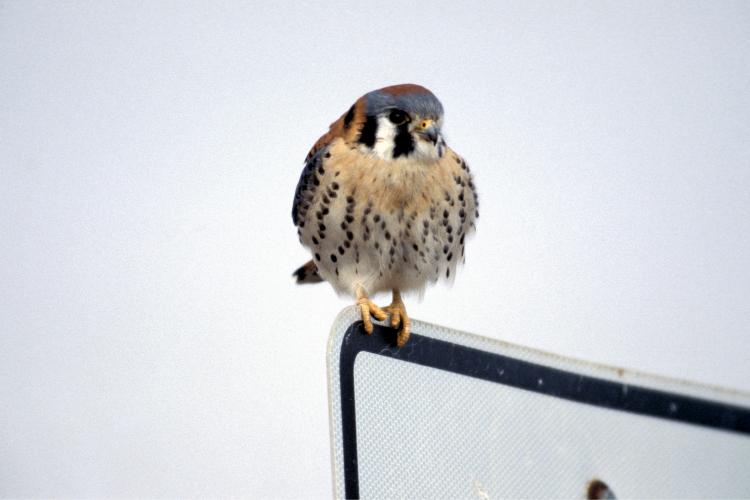
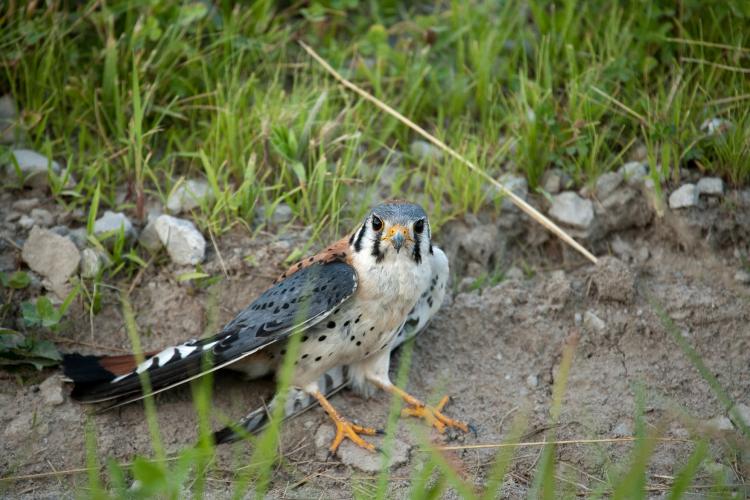
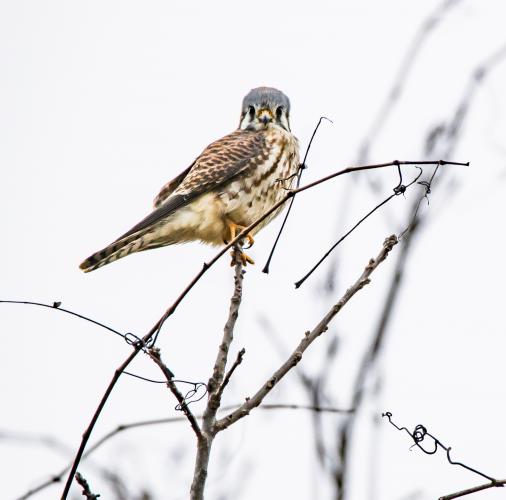
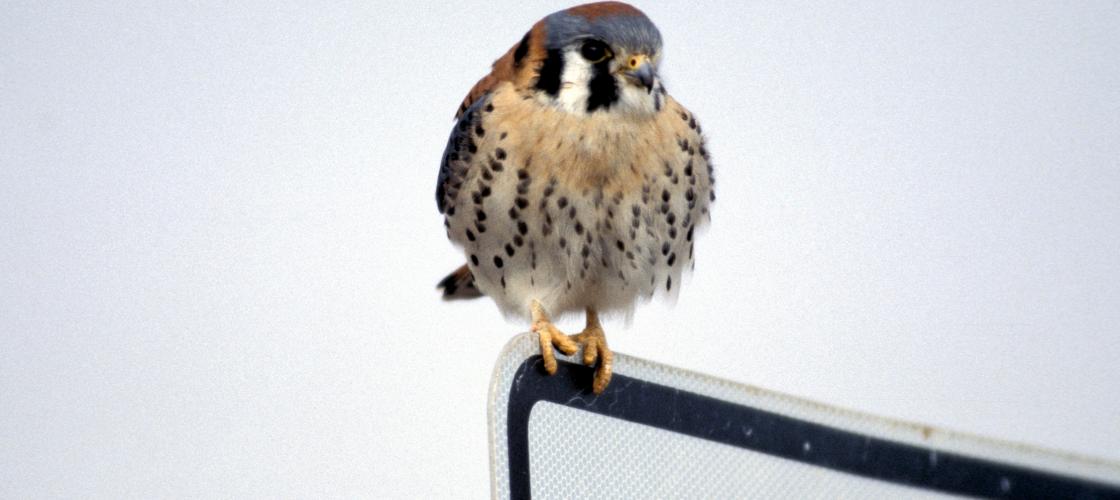
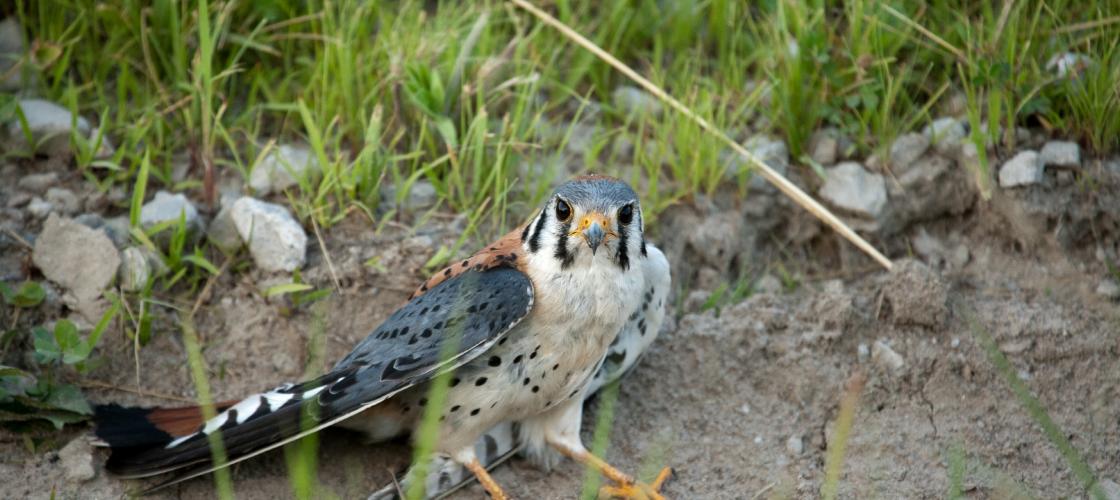
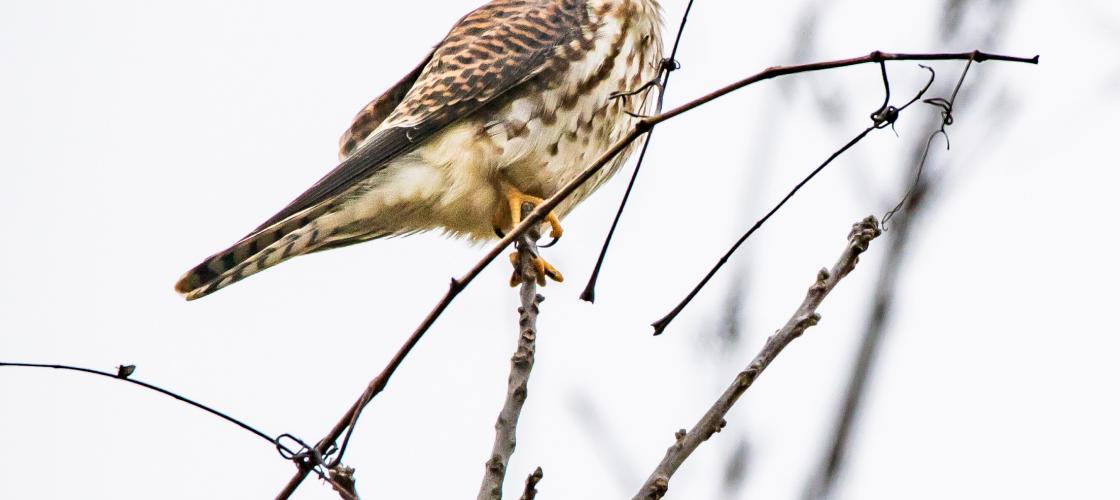
Recent Posts
























